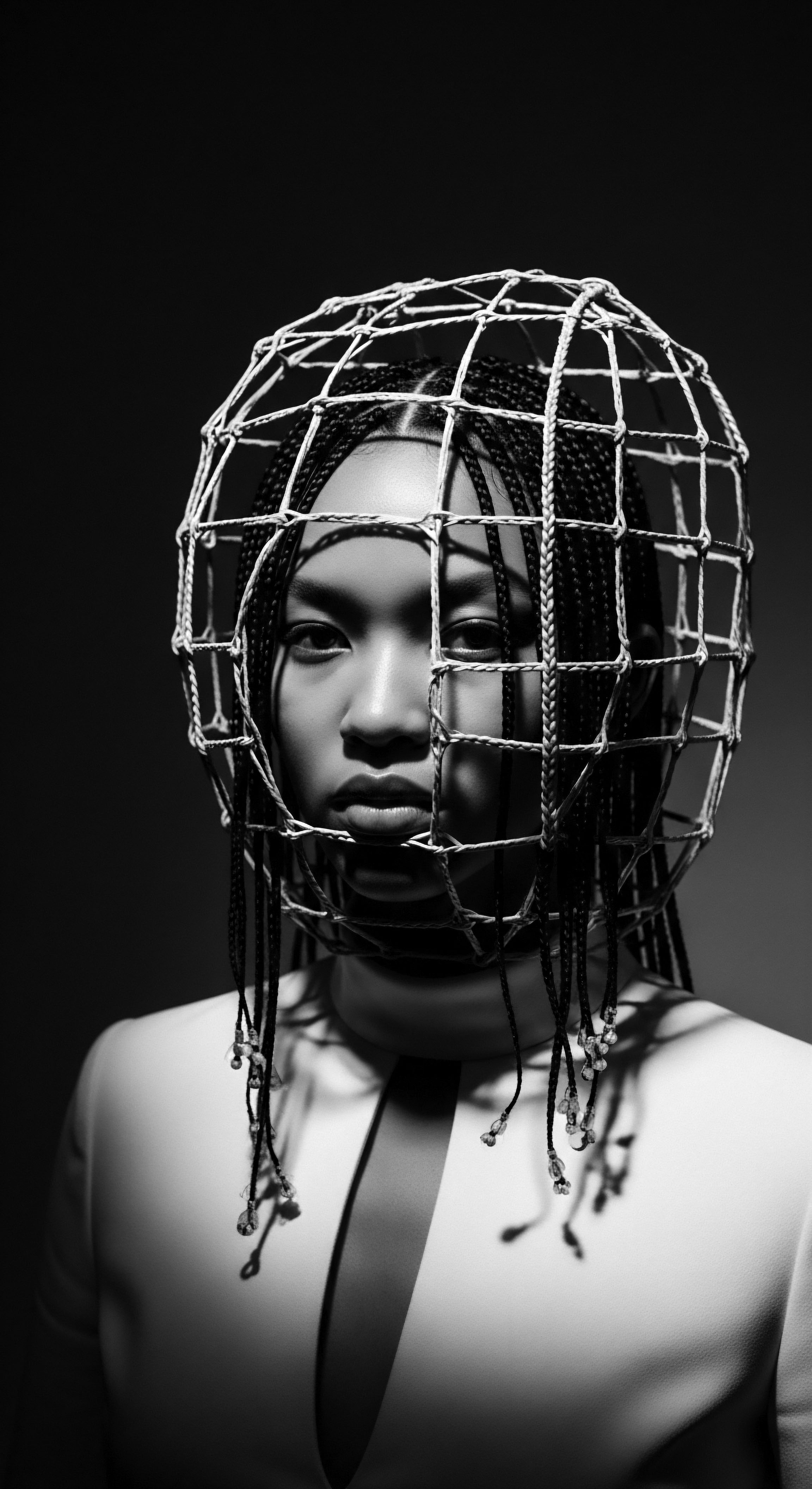
Roots
For those who carry the story of textured hair within their very being, the journey through time unfolds not merely as a progression of styles, but as a profound dialogue with heritage. Each curl, coil, and wave holds ancestral memory, echoing resistance against the currents of societal pressures across millennia. We consider not just what hairstyles were, but what they represented ❉ a language spoken through strands, a shield against erasure, a crown of enduring spirit. The story of textured hair is one of unwavering connection to origins, a testament to the power of identity when confronted by attempts to diminish it.

Ancestral Foundations of Textured Hair
The biological architecture of textured hair, with its unique elliptical follicle shape and varied curl patterns, is a wonder. This intrinsic form, designed perhaps as an adaptation to intense sunlight in ancestral lands, became far more than a biological trait. It became a canvas for cultural expression, a living archive of community, status, and spirituality.
In ancient African societies, hair was a sacred symbol, a conduit to the divine. Its positioning as the highest point of the body meant it was seen as the closest connection to the heavens, making its care and styling deeply ritualistic.
Hairstyles in pre-colonial Africa were never just about aesthetics. They functioned as intricate maps, communicating an individual’s ethnicity, clan, social standing, age, marital status, and even spiritual beliefs. The meticulous work involved in creating these styles, often taking hours or days, transformed the act of hair care into a communal affair, a time for bonding and the oral transmission of traditions.
Textured hair, from its elemental biology, carries the historical echoes of ancestral wisdom and served as a powerful marker of identity in ancient African civilizations.

Decoding Hair’s Ancient Language
Across the vast and diverse African continent, hairstyles varied with distinct meanings. The Yoruba people of Nigeria, for example, crafted intricate styles signifying community roles, marriage, or coming-of-age rites, believing hair held spiritual energy connected to ancestors and deities. The Himba tribe of Namibia traditionally coats their locs with otjize, a mixture of butterfat and ochre, symbolizing their deep connection to the earth and their ancestors.
Consider the profound significance of braiding. Archeological evidence, such as the Venus of Willendorf figurine dating back 25,000 to 30,000 years, shows plaited rows, an early indication of the practice. Ancient Egyptian hieroglyphs also show braided figures, with styles often adorned with gold thread, jewels, and beads, signifying wealth and social rank. These visual records attest to the long and rich heritage of textured hair styling as an art form and a system of communication.
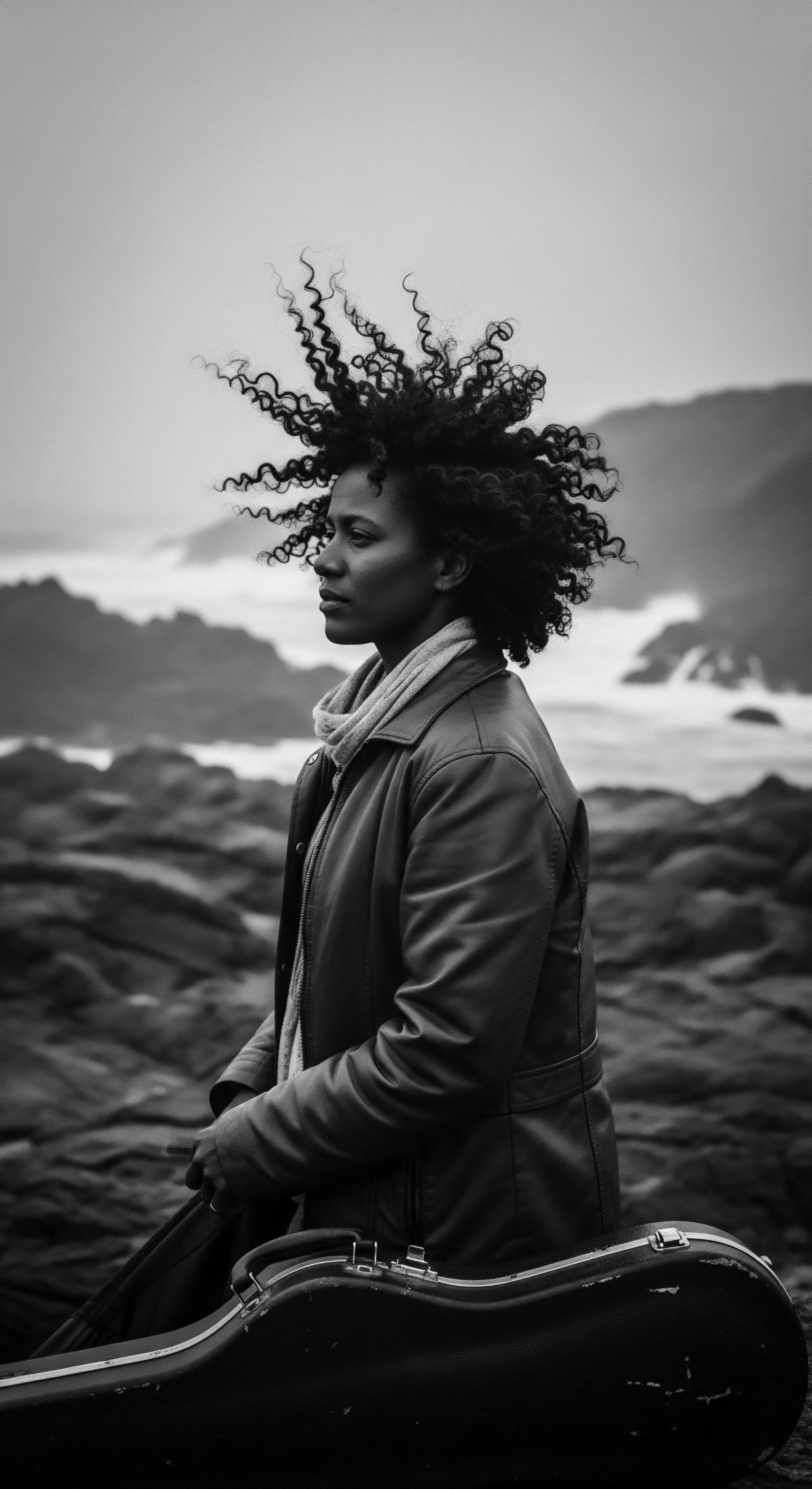
Hair as a Social and Spiritual Ledger
- Age ❉ Specific styles marked transitions from childhood to adulthood.
- Marital Status ❉ Braids could indicate a woman’s marital status.
- Social Position ❉ Warriors, chiefs, or those with high status often wore distinct styles.
- Tribal Affiliation ❉ Unique styles acted as visual identifiers for different ethnic groups.
- Spiritual Connection ❉ Hair was considered a conduit for spiritual interaction with the divine.

Ritual
The resilience of textured hair, particularly through the crucible of the transatlantic slave trade and subsequent eras of systemic oppression, stands as a profound testament to the power of cultural preservation. When external forces sought to strip away identity, hair became a silent, yet potent, realm of defiance. The meticulous rituals of care and styling, even in the most brutal of circumstances, became acts of resistance, threads of continuity connecting the displaced to their ancestral homes. This continuation was not a matter of fleeting fashion; it was a deeply ingrained cultural imperative.

Hair as a Shield and Secret Language
During the transatlantic slave trade, the forced shaving of hair upon arrival in the Americas served as a dehumanizing act, a deliberate attempt to sever enslaved Africans from their heritage. Yet, the spirit of resistance found its way back. Enslaved people, in a quiet but powerful rebellion, re-established hair practices, utilizing them as a means of communication and a symbol of their enduring humanity. Cornrows, in particular, gained a clandestine significance.
These tightly braided rows, practical for managing hair under harsh labor conditions, also became secret maps to freedom or held seeds for survival during escape. The intricate patterns themselves could convey messages, a silent lexicon understood among those seeking liberation.
The practice of cornrow braiding during slavery exemplifies how textured hair rituals became tools of resistance, carrying coded messages and symbols of enduring identity.
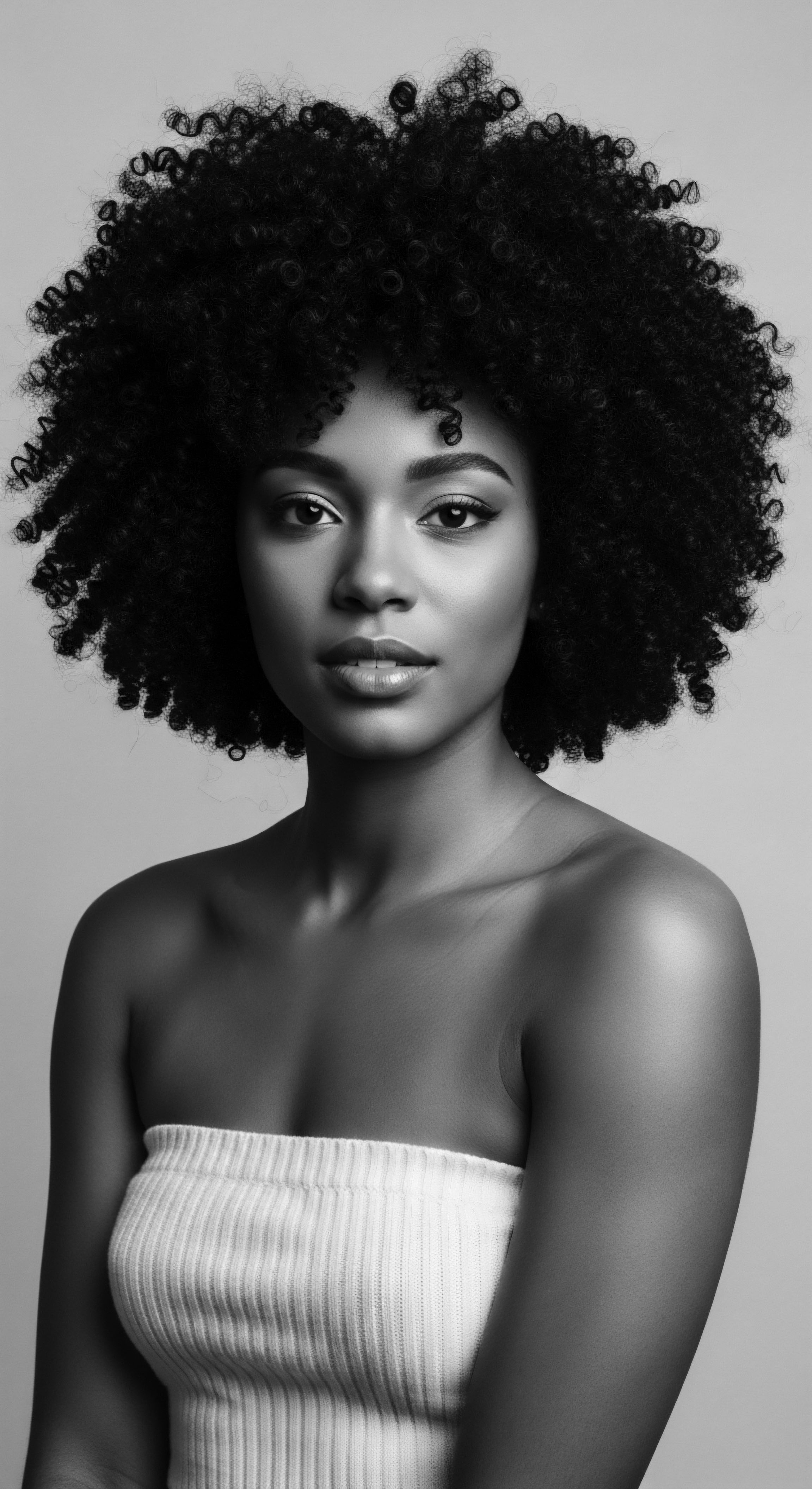
The Evolving Landscape of Pressure
Even after emancipation, the pressures on textured hair persisted, shifting from overt control to subtle, yet pervasive, societal expectations. Eurocentric beauty standards, which privileged straightened hair, led many Black individuals to adopt methods to alter their hair’s natural texture, often through harsh chemical processes or heated combs. This was not merely a cosmetic choice but a response to deep-seated social and economic pressures, as natural hair was often deemed “unprofessional” or “unkempt” in mainstream society.
A notable historical example of this pressure is the Tignon Law of 1786 in Louisiana. This law mandated that free Black and multiracial women, whose elaborate hairstyles were seen as a threat to the racial hierarchy and a source of attraction for white men, had to cover their hair with a tignon (head scarf). However, these women, with remarkable ingenuity, transformed this oppressive directive into an act of sartorial defiance, creating colorful and ornate headwraps that asserted their dignity and cultural expression. This historical episode highlights a recurring pattern ❉ even when faced with legislative attempts to control appearance, the spirit of heritage found avenues for self-expression.
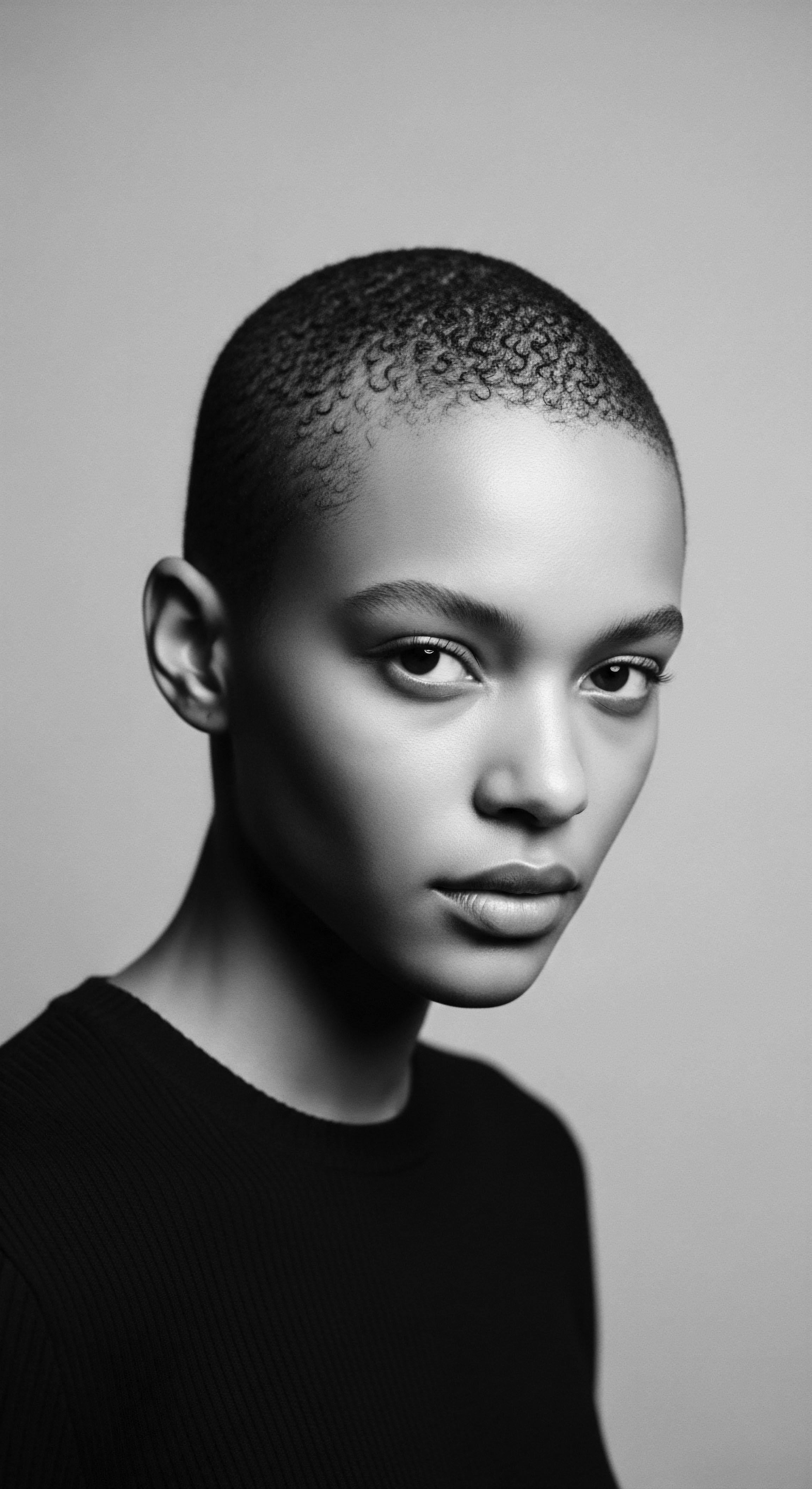
Traditional Hair Care Ingredients for Resilience
The knowledge of how to care for textured hair, often lost during enslavement, was also meticulously reconstructed and passed down. Ancestral wellness philosophies guided the use of natural ingredients, many of which are still valued today.
- Shea Butter ❉ Extracted from the nuts of the Shea tree, revered in West Africa, it offers deep moisturization and protection.
- African Black Soap ❉ Traditionally from West Africa, made from plantain skins, cocoa pods, and shea butter, it provides gentle cleansing.
- Chebe Powder ❉ Originating from the Basara Arab women of Chad, this blend of herbs and seeds prevents breakage and retains length, a secret passed down through generations.
- Marula Oil ❉ From Southern Africa, this oil protects hair from environmental damage.
- Rooibos Tea ❉ From South Africa, used for its antimicrobial and antioxidant properties, which contribute to healthy hair growth.
| Historical Period Pre-Colonial Africa |
| Societal Pressure Internal community norms, status markers |
| Textured Hair Response and Heritage Connection Styles signifying identity, age, social standing, spiritual beliefs; communal care rituals. |
| Historical Period Transatlantic Slave Trade |
| Societal Pressure Forced shaving, dehumanization, erasure of identity |
| Textured Hair Response and Heritage Connection Cornrows as coded maps and seed storage; headwraps as dignity symbols. |
| Historical Period Post-Emancipation to Mid-20th Century |
| Societal Pressure Eurocentric beauty standards, pressure to straighten hair for acceptance |
| Textured Hair Response and Heritage Connection Use of hot combs and chemical relaxers for assimilation; subtle resistance through headwraps. |
| Historical Period Throughout history, textured hair has consistently demonstrated remarkable resilience in the face of pressures, finding ways to affirm heritage and self. |
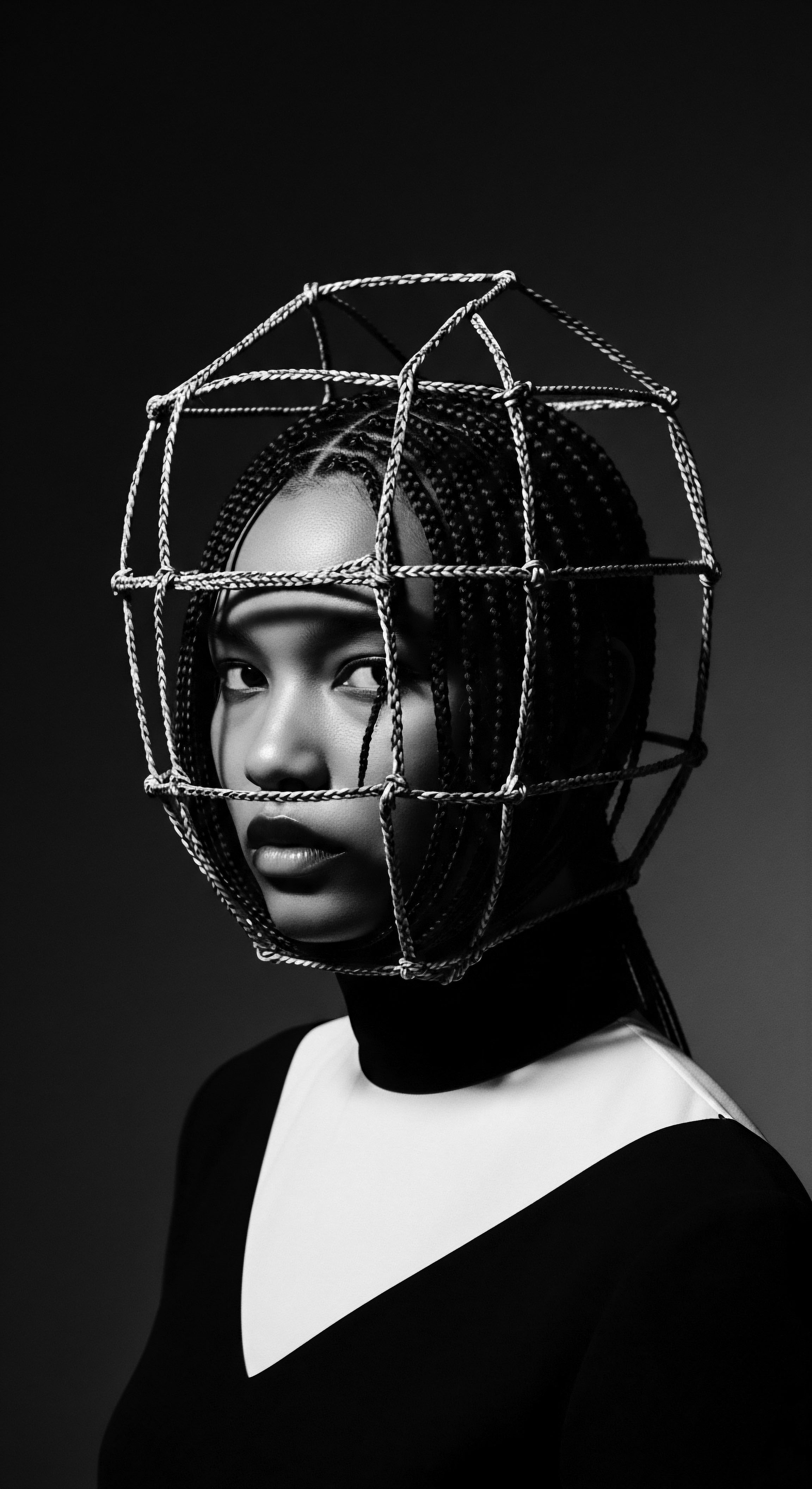
Relay
The journey of textured hair through history is a relay, a passing of the torch from one generation to the next, each era adding its unique layers of meaning to the enduring story of resistance. The mid-20th century marked a profound shift, transforming individual acts of defiance into collective movements for liberation and cultural affirmation. This was a period where the scientific understanding of hair, though nascent, began to intertwine with a powerful reclamation of heritage, pushing against centuries of imposed norms.

How Did the Civil Rights Era Shape Hair Identity?
The 1960s and 1970s saw the eruption of the Black Power movement and the “Black is Beautiful” aesthetic, fundamentally altering the landscape of textured hair. The Afro, a voluminous crown of natural curls, emerged as a potent symbol of rebellion, pride, and empowerment. This was a direct counter-narrative to the prevailing Eurocentric beauty standards that had for so long denigrated Black hair, associating it with “unkempt” or “unprofessional” qualities. Individuals like Angela Davis and Nina Simone wore their Afros as political statements, embodying a fierce rejection of assimilation and a bold assertion of African heritage.
The rise of the Afro also saw the re-emergence of the African comb, an essential tool for maintaining the style, which itself became a symbol of Black Power. This period solidified the notion that wearing textured hair in its natural state was an act of activism, a reclaiming of ancestral roots. The shift was not solely aesthetic; it was deeply ideological, connecting hair to broader movements for social justice and self-determination.
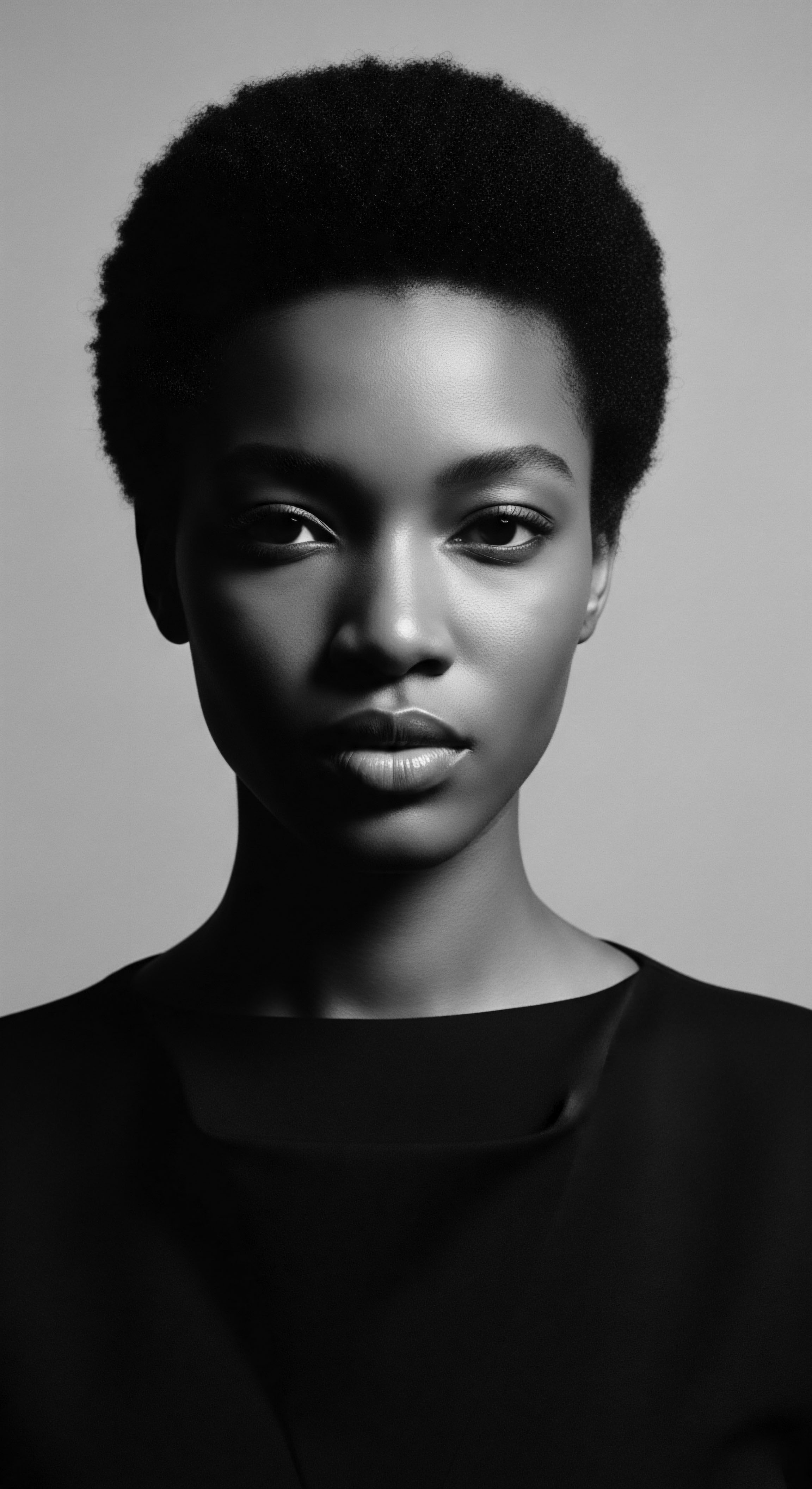
What Science Underpins Textured Hair’s Strength and Vulnerability?
The unique structure of textured hair contributes to its distinct characteristics, including its ability to coil and its inherent need for moisture. While often perceived as strong due to its density and spring-like coils, textured hair also possesses points of vulnerability due to the twists and turns along its shaft, making it susceptible to breakage if not properly cared for. The elliptical cross-section of the hair strand, a feature distinct from the rounder cross-section of straight hair, creates these natural bends. This structural difference impacts how moisture travels along the strand and how it reacts to external forces.
Understanding these elemental biological realities reinforces the historical wisdom of protective styles and intentional moisture practices passed down through generations. Modern science validates, rather than diminishes, ancestral care philosophies.
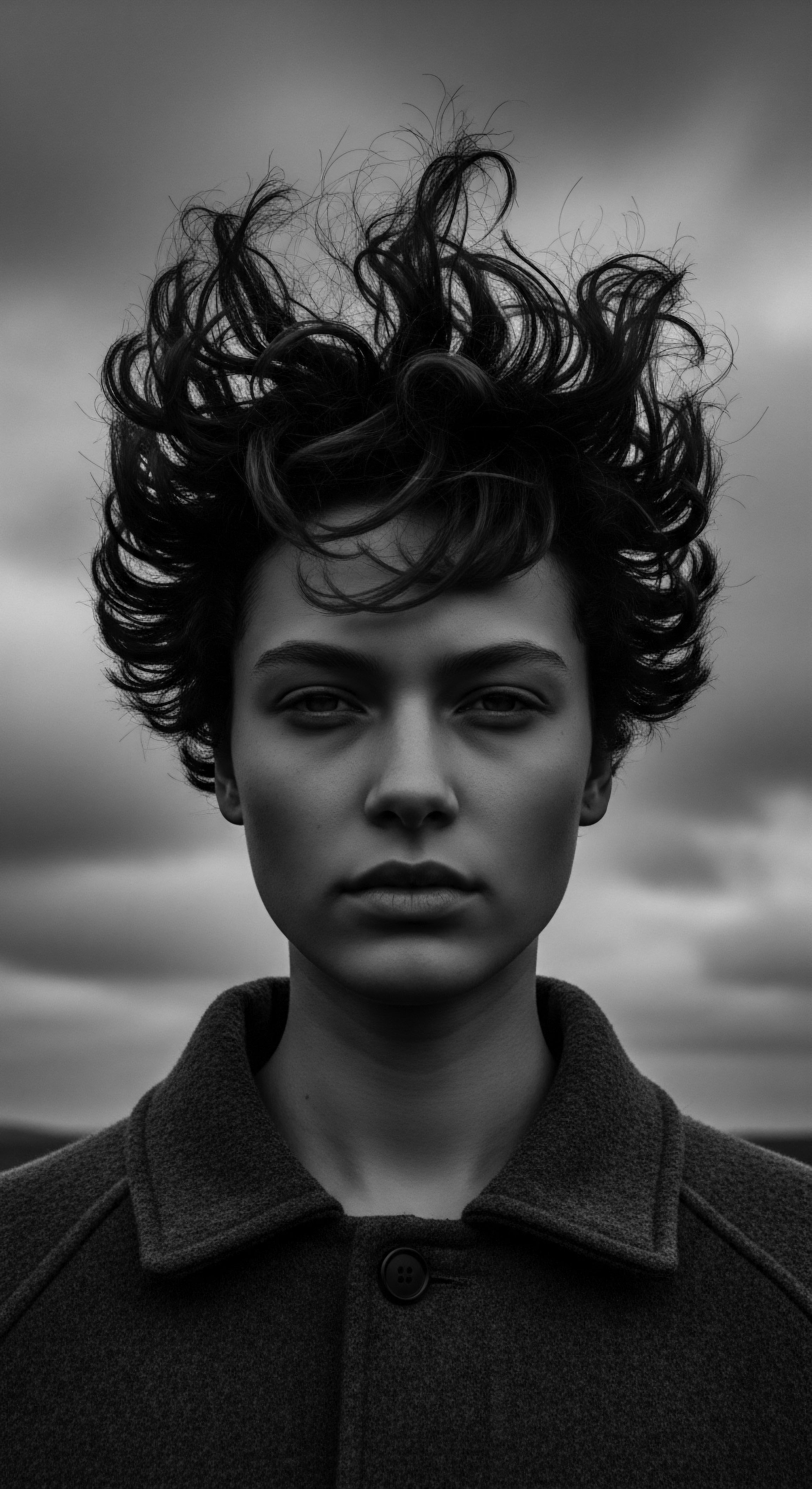
Legal Battles and the CROWN Act’s Legacy
Even into the late 20th and early 21st centuries, discrimination against textured hairstyles continued in workplaces and schools. Cases of individuals being denied employment or sent home for wearing braids, locs, or Afros highlight a persistent struggle for acceptance within dominant societal frameworks. The legal system often grappled with whether such discrimination constituted racial bias, sometimes ruling that hairstyles were “mutable” characteristics, therefore not protected.
This ongoing struggle culminated in the passage of the CROWN Act (Creating a Respectful and Open World for Natural Hair) in various US states, with California enacting it first in 2019 and becoming federal law in 2022. The CROWN Act prohibits discrimination based on natural hair texture and protective hairstyles, a legislative recognition of textured hair as an intrinsic part of racial and cultural identity. This movement is a direct descendant of the historical resistance, demonstrating that the fight for hair autonomy remains a critical aspect of civil rights. The act acknowledges that hair, for Black and mixed-race communities, holds profound cultural and historical weight, far beyond mere personal preference.
The CROWN Act stands as a contemporary legal victory, recognizing that textured hair and its traditional styles are intrinsic elements of racial and cultural identity, reflecting centuries of resistance.
A significant statistic revealing the ongoing challenge is that 44.3% of Women Have Reported Hair Discrimination, with 46.5% Being Told Their Hairstyles are Unprofessional, and 52.3% Feeling Pressured to Alter Their Hair for Work (All Things Hair, 2020, cited in Don’t Tilt My Crown ❉ The Impact of Hair Discrimination on Minorities, 2020). This data underscores the continued relevance of the struggle against societal pressures and the necessity of legislative protections like the CROWN Act, providing a contemporary mirror to the historical fight for hair liberation.
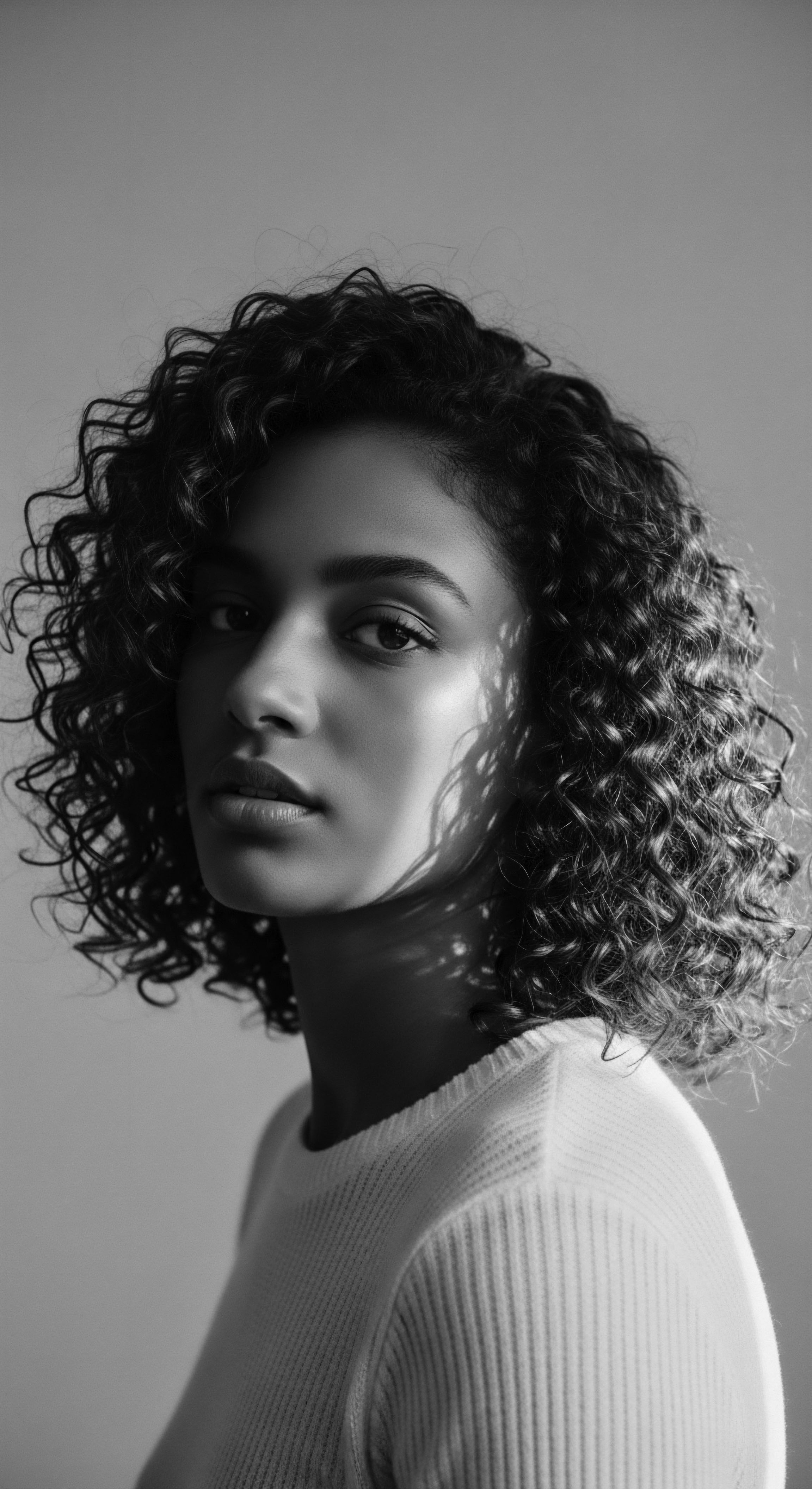
Global Hair Movements and Identity Assertion
The assertion of textured hair identity is not confined to one geography. The Rastafari movement, originating in Jamaica in the 1930s, adopted dreadlocks as a symbol rooted in Marcus Garvey’s philosophies and spiritual devotion, further popularizing locs globally, particularly through figures like Bob Marley. This global resonance of textured styles, from Afros to various forms of braids and locs, demonstrates a widespread reclamation of identity and a rejection of imposed beauty standards. These movements continue to inspire generations, fostering pride and a deep connection to ancestral wisdom and self-love.

Reflection
As we draw to a close, this exploration of textured hair’s enduring resistance to societal pressures throughout history leaves us with a quiet understanding ❉ a strand of hair is never simply a strand. It is a living, breathing archive. It holds the whispers of ancient rituals, the strength of enslaved ancestors who braided maps to freedom, and the resonant shouts of those who donned Afros as crowns of liberation. Roothea’s ‘Soul of a Strand’ ethos finds its deepest meaning in this realization.
Our hair, in its magnificent variations, is a direct lineage to ingenuity, resilience, and an unwavering spirit. The story of textured hair is one of continuity, a testament to how cultural memory, passed through hands and habits, can defy erasure and persist as a powerful statement of self. It reminds us that care for our hair is not just about physical wellbeing; it is a sacred act of honoring those who came before, a celebration of inherited beauty, and a bold declaration for the future. We are not just styling hair; we are keeping a heritage alive, one curl, one coil, one wave at a time.

References
- Byrd, Ayana, and Lori L. Tharps. Hair Story ❉ Untangling the Roots of Black Hair in America. St. Martin’s Griffin, 2001.
- Dabiri, Emma. Don’t Touch My Hair. HarperCollins, 2019.
- Johnson, Patrice D. “The Hair Politics.” Journal of Black Studies, vol. 45, no. 8, 2014, pp. 783-799.
- Prince, Althea. The Politics of Black Women’s Hair. Insomniac Press, 2009.
